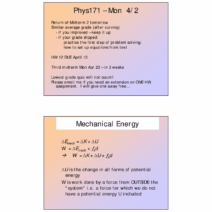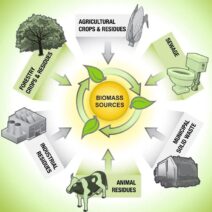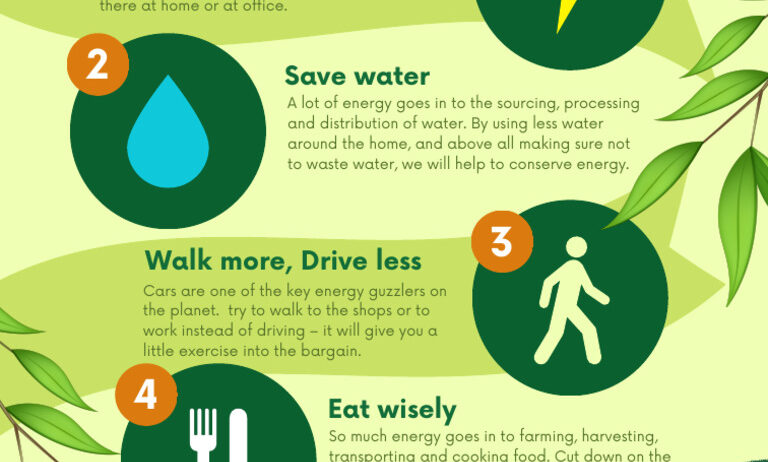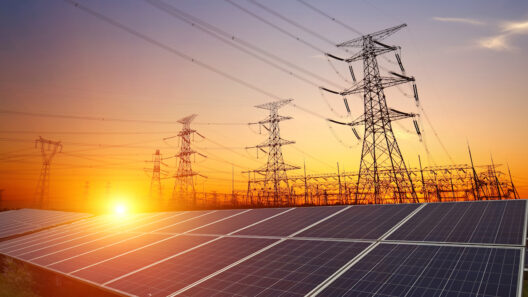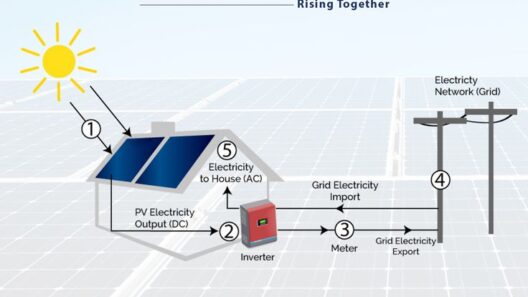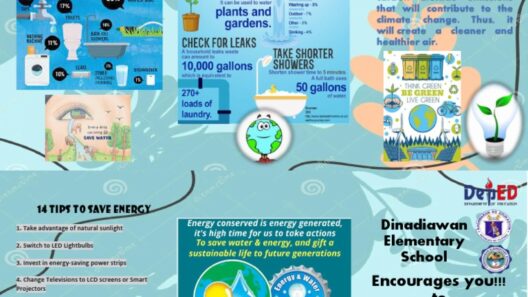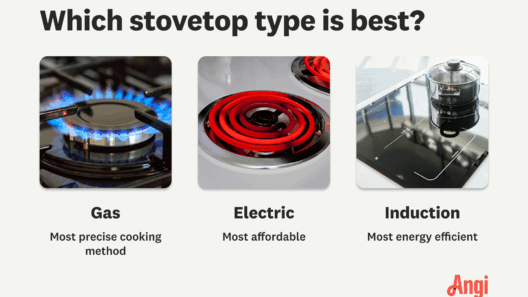Conserving energy is not merely a trend but a vital necessity in an era marked by escalating energy demands and environmental concerns. The prudent management of energy not only aids in reducing one’s carbon footprint but also contributes to substantial cost savings. This guide seeks to empower individuals with fundamental strategies to conserve energy in their daily lives, demonstrating that smart living is synonymous with sustainable living.
1. Understand Your Energy Consumption
Before embarking on the journey to conserve energy, it is essential to comprehend where and how energy is consumed within your household. Analyzing your energy bill is a prudent first step. It reveals the total energy consumption and identifies which appliances or usages constitute the majority of your energy expenditure. Moreover, utilizing energy monitoring devices can provide real-time data on your home’s energy consumption, allowing for more targeted conservation strategies.
2. Optimize Heating and Cooling
Heating and cooling typically encompass the lion’s share of energy usage in most homes. To optimize these systems, consider the following strategies:
- Thermostat Management: Installing a programmable thermostat is a transformative step. It allows you to set specific temperatures for different times of the day, significantly mitigating unnecessary energy usage when you’re not home.
- Proper Insulation: Insulating your home effectively prevents energy loss. This includes not only walls and ceilings but also ensuring that windows and doors are sealed correctly. A well-insulated home maintains temperature, thereby reducing heating and cooling needs.
- Regular Maintenance: Routine maintenance of HVAC systems enhances efficiency. Cleaning filters and ensuring that ducts are unobstructed can lead to a significant reduction in energy consumption.
3. Energy-Efficient Appliances
Transitioning to energy-efficient appliances is a highly effective strategy for conservation. Look for appliances that have the Energy Star label, which signifies that they meet strict energy efficiency guidelines. These appliances not only consume less energy but often have better performance and longer lifespans. When purchasing new appliances, consider their energy consumption as part of the cost instead of solely focusing on the initial price.
4. Use Smart Power Strips
Vampire power, or phantom load, refers to the energy consumed by electronic devices when they are turned off but still plugged in. Smart power strips are an innovative solution to this pervasive issue. These strips can be programmed to cut power to devices that enter standby mode, preventing unnecessary energy usage. This small adjustment can lead to significant savings over time.
5. Adopt Sustainable Lighting Solutions
The transition from traditional incandescent bulbs to LED lighting has revolutionized energy conservation in residential settings. LEDs consume up to 75% less energy than incandescent bulbs and have an extraordinarily longer lifespan. Furthermore, consider maximizing natural light during the day. Strategic placement of mirrors and using lighter color schemes can effectively enhance the ambient lighting of your home.
6. Practice Water Conservation
Although water conservation may initially appear separate from energy conservation, the two are inextricably linked. Heating water is energy-intensive; therefore, adopting water-saving fixtures can significantly reduce energy usage. Install low-flow showerheads and faucet aerators to minimize water consumption without sacrificing performance. Moreover, consider reducing the temperature on your water heater to 120°F; this precaution not only saves energy but also minimizes the risk of scalding.
7. Smart Landscaping
Landscaping is often overlooked in energy conservation discussions. Trees and shrubs strategically planted around your home can provide significant shade in the summer and act as windbreaks in the winter. This natural insulation can reduce the need for heating and cooling, resulting in lower energy consumption. Additionally, selecting native plants for your garden can reduce the need for irrigation, further conserving water and energy.
8. Transportation Considerations
Personal transportation contributes substantially to energy consumption. Opting for public transportation, carpooling, biking, or walking, when possible, can significantly decrease fuel usage. If driving is unavoidable, consider a vehicle that boasts higher fuel efficiency or even an electric or hybrid model. Car maintenance, such as regular oil changes and maintaining proper tire pressure, also plays a pivotal role in optimizing fuel consumption.
9. Educate and Involve Others
Engaging family members in energy conservation efforts fosters a culture of sustainability. Conduct family meetings to brainstorm energy-saving tactics and establish collective goals. Moreover, sharing knowledge about energy conservation within your community can amplify the impact of individual efforts. Schools, local organizations, and community centers often seek collaborations for workshops or campaigns focused on sustainability.
10. Monitor Progress Regularly
Measuring your progress is crucial in energy conservation. Regularly reviewing your energy bills and adjusting your strategies based on data can guide you in your conservation efforts. Consider setting specific conservation goals and tracking your achievements. This ongoing reflection will enable you to stay committed and possibly discover new methods for conserving energy.
In conclusion, energy conservation is a multifaceted approach that requires commitment, awareness, and adaptation. By implementing the strategies outlined above, individuals can contribute to a more sustainable future while fostering a lifestyle that is both economically and environmentally beneficial. Embrace these practices, and you will not only conserve energy but also inspire others to follow suit.
